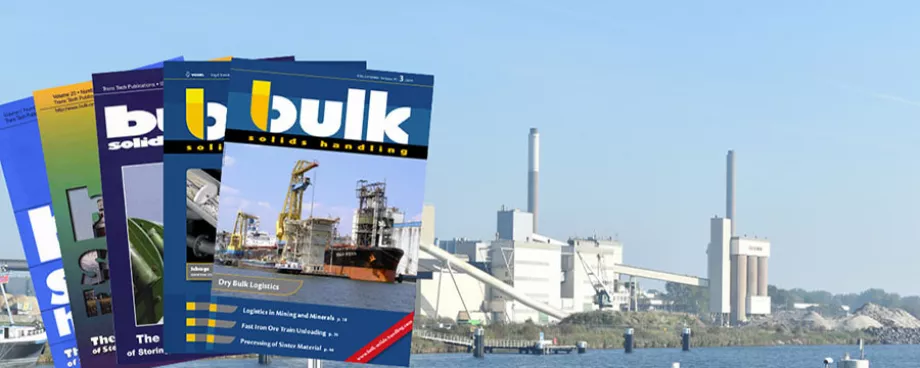The different controls are compared with respect to trough length, conveying speed, vibration values.
Characteristic for the conveyor design is the dynamic material coefficient, showing the ratio of maximum vertical trough acceleration and the gravitational constant.
The vibrating system usually is tuned subcritical near resonance, so that change of trough loads have only a small effect on the conveying speed.
This conveying speed is determined by the exciting frequency, the angle of trough motion, the ratio of projection time to contact time, taking into account material properties, loading height and trough inclination.
For an exact conveyor design, the damping constants and the mass coupling factors of the load were determined, depending on operating conditions.
■












